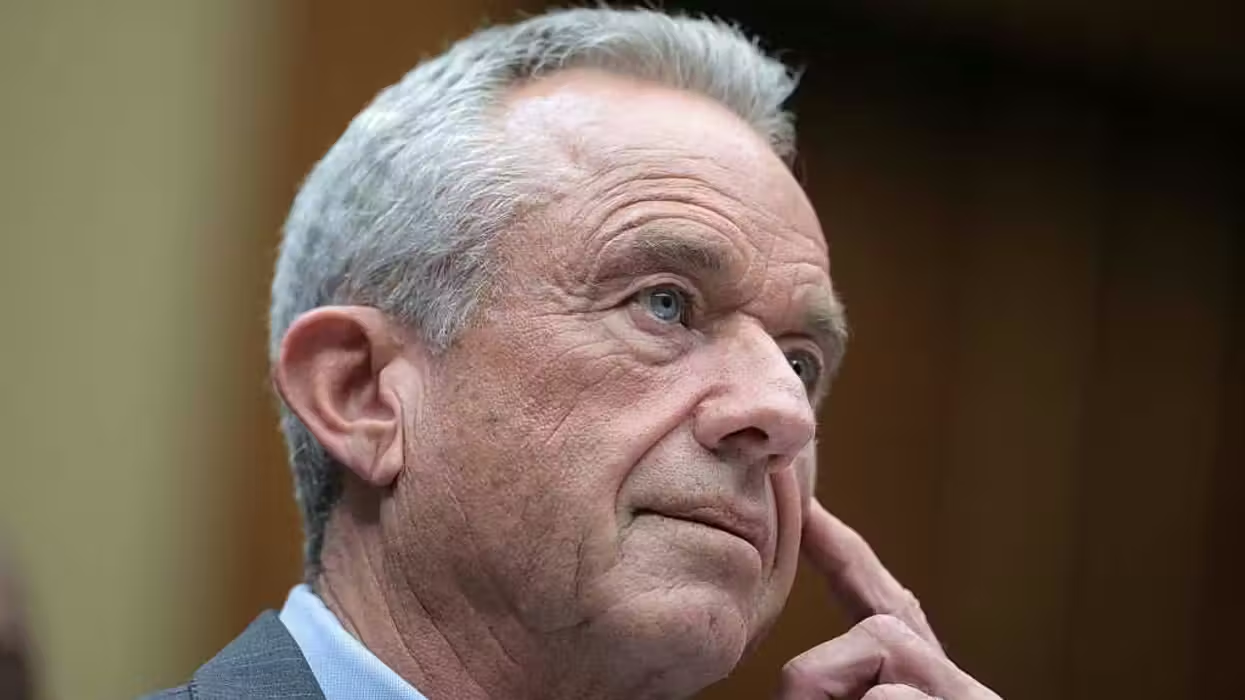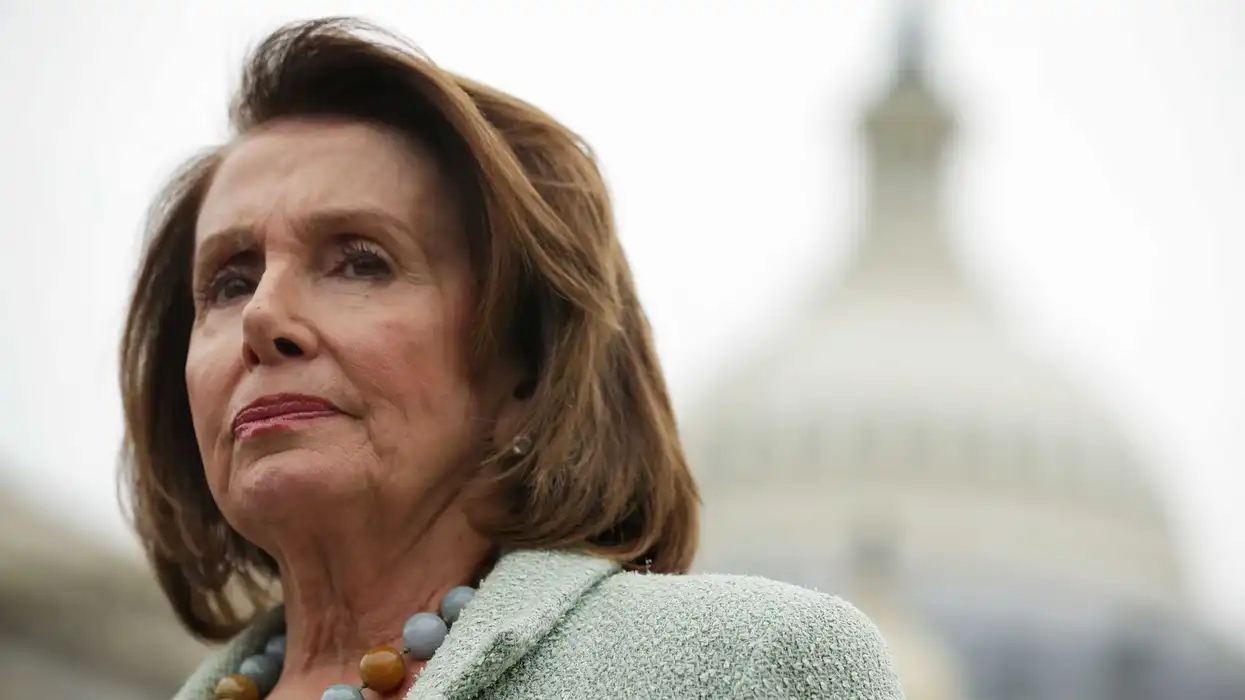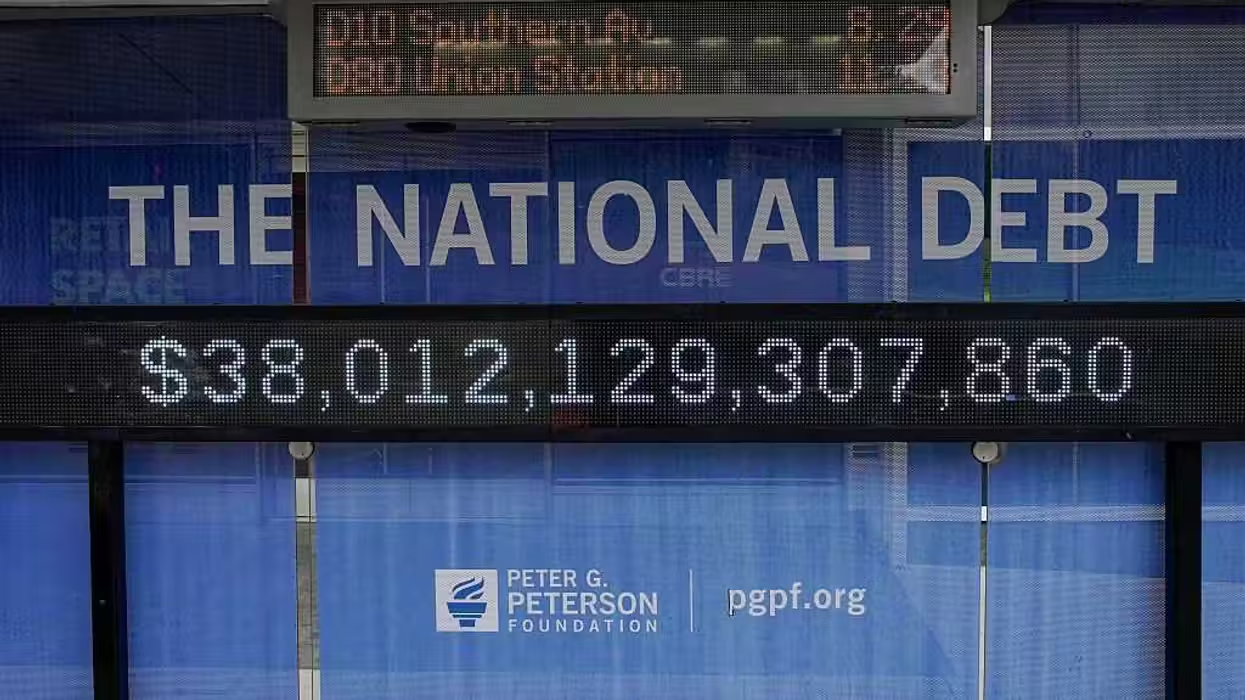
© 2025 Blaze Media LLC. All rights reserved.
Why Did GM Hit Up 35 Financial Institutions for $11B in 'Backup Liquidity'?
November 05, 2012
This simple answer: They’re not saying.
General Motors says it has received $11 billion in credit lines from 35 financial institutions in 14 countries, boosting its available cash and credit to more than $42 billion.
The company wouldn't say specifically what it plans to do with the money, only that it's a source of "backup liquidity" that may be used for "strategic initiatives."
But analysts said it could be hoarding the cash to help pay for restructuring in its troubled European operations, buying an auto finance arm in Europe from Ally Financial, or to further fund its pension plans. GM also could buy back stock, specifically from the U.S. government. The U.S. Treasury Department owns 26.5 percent of the company, which it got in exchange for a $49.5 billion bailout about four years ago.
Of course, as mentioned earlier on TheBlaze, the feds aren’t selling. Well, not until after the election, that is.
GM says the new lines have more favorable terms than the old one, and will allow the company to borrow in different currencies.
One of the New York debt-rating agencies quickly gave the GM credit lines an investment-grade rating on Monday. Standard & Poor's gave the lines a "BBB rating." GM said it expected the new credit lines to get investment-grade ratings from all three major ratings agencies.
But that doesn't mean GM's overall corporate credit rating changed from junk status. S&P's corporate rating on GM remains at "BB+," the highest junk rating. Moody's and Fitch, the two other ratings agencies, also both have GM's corporate credit at a notch below investment grade.
GM's new lines of credit include a three-year $5.5 billion facility and a five-year $5.5 billion line. They replace GM's existing $5 billion credit line, which was to expire in 2015. GM also has $31.6 billion in cash and securities.
Chief Financial Officer Dan Ammann said the lines are a vote of confidence in the company's financial strength.
The automaker, known derisively as "Government Motors" for taking bailout money to avoid going under in 2008 and 2009, has long wanted the government to sell its stake and exit the business. But, again, as mentioned in the above, the government, which still owns 500 million GM shares, is waiting for the stock price to rise before making a move. The government is $27 billion in the hole on its investment, and to break even, GM shares would have to sell for $53.
At this point, they're not even close. Shares fell 24 cents, or 1 percent, to $25.55 in Monday afternoon trading.
Here's a two-year quote on GM's stock prices:
 It would cost GM about $12.7 billion to buy back all of the government's shares at the current price.
It would cost GM about $12.7 billion to buy back all of the government's shares at the current price.
Follow Becket Adams (@BecketAdams) on Twitter
The Associated Press contributed to this report. All photos courtesy the AP.
Want to leave a tip?
We answer to you. Help keep our content free of advertisers and big tech censorship by leaving a tip today.
Want to join the conversation?
Already a subscriber?
more stories
Sign up for the Blaze newsletter
By signing up, you agree to our Privacy Policy and Terms of Use, and agree to receive content that may sometimes include advertisements. You may opt out at any time.
Related Content
© 2025 Blaze Media LLC. All rights reserved.
Get the stories that matter most delivered directly to your inbox.
By signing up, you agree to our Privacy Policy and Terms of Use, and agree to receive content that may sometimes include advertisements. You may opt out at any time.





